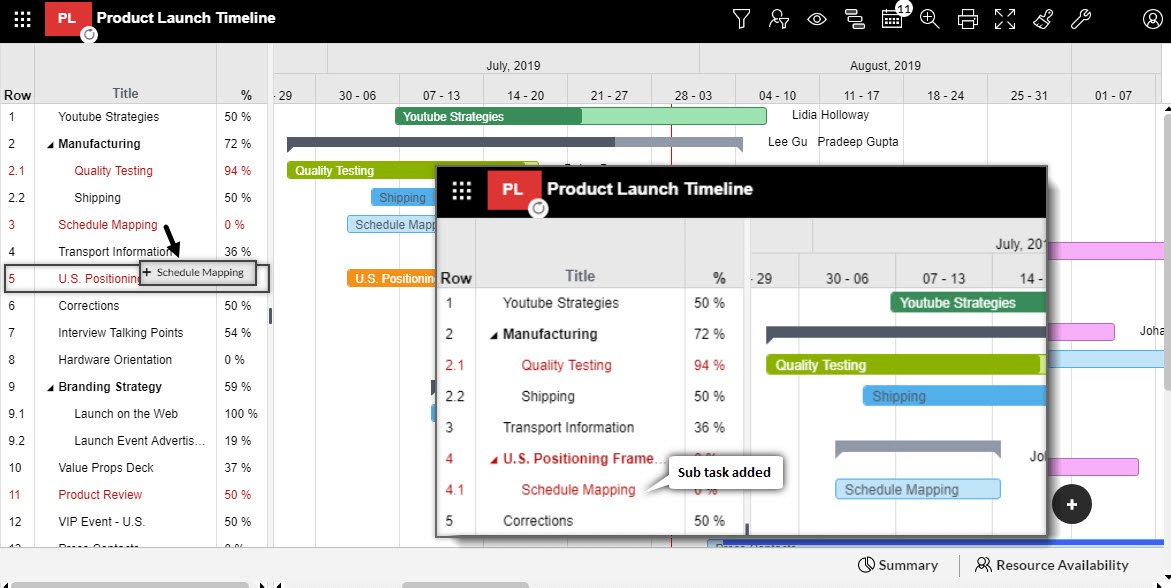

Thus, even though the name “task analysis” may suggest that the analysis is of just one task, task analysis may address multiple tasks, all in service of the same goal. In task analysis, the focus is on one user, her goal, and how she carries out tasks in order to achieve it. Task analysis is slightly different from job analysis (what an employee does in her role across a certain period of time - such as a week, month, or year) or workflow analysis (how work gets done across multiple people). Rather, a user might complete a form to register for a service they want to use (which would be the goal).

For instance, a user’s goal isn’t to fill in a form. It’s important not to confuse goals with tasks. For example, if the goal is to set up a retirement fund, then the user might have to search for good deals, speak to a financial advisor, and fill in an application form - all of which are tasks. In the realm of task analysis, a task refers to any activity that is usually observable and has a start and an end point. Task analysis is crucial for user experience, because a design that solves the wrong problem (i.e., doesn’t support users’ tasks) will fail, no matter how good its UI. Task analysis emerged out of instructional design (the design of training) and human factors and ergonomics (understanding how people use systems in order to improve safety, comfort, and productivity). Task analysis refers to the broad practice of learning about how users work (i.e., the tasks they perform) to achieve their goals.


 0 kommentar(er)
0 kommentar(er)
